Cartoon Drawing Basics for Beginners
Welcome to the exciting world of cartoon drawing! If you're a novice artist eager to dive into this vibrant and imaginative art form, you've come to the right place. Cartoon drawing isn't just about creating funny characters; it's about expressing your creativity and bringing your ideas to life. Whether you want to sketch whimsical creatures, design memorable characters, or tell engaging stories through your art, mastering the basics is essential. In this article, we'll explore essential techniques, tips, and tools that will help you enhance your creativity and skills in cartoon drawing.
First things first, let's talk about the importance of understanding cartoon styles. By exploring various styles, you can identify your preferences and influences, which is crucial for developing your unique artistic voice. From classic animations to contemporary webcomics, the diversity within cartoon art is immense. You'll find that different styles can evoke different emotions and reactions. So, take some time to look at various cartoons and figure out what resonates with you. This exploration will not only inspire you but also guide you in shaping your own artistic journey.
Now, let’s get into the essential drawing tools. Choosing the right tools is crucial for beginners, as they can significantly impact your drawing experience. You might feel overwhelmed by the options available, but don’t worry! We’ll break it down. Traditional tools like pencils and sketchbooks provide a tactile experience that many artists cherish, while digital tools offer flexibility and convenience. It’s all about what feels right for you. In the following sections, we will delve deeper into both traditional and digital tools, helping you make informed choices based on your comfort level and desired outcomes.
Exploring various cartoon styles helps beginners identify their preferences and influences, enabling them to develop a unique artistic voice while appreciating the diversity within cartoon art. Cartoon styles range from the exaggerated features of classic cartoons to the sleek lines of modern animation. Each style has its own charm and can inspire different storytelling methods. By studying these styles, you can learn how to effectively convey emotions and narratives through your artwork.
Choosing the right tools is crucial for beginners. This section discusses essential supplies, from pencils to digital tablets, ensuring artists have everything they need to create their first cartoons. When you're equipped with the right tools, your creative process becomes smoother and more enjoyable. Let’s take a look at what you’ll need.
Understanding the differences between traditional and digital drawing tools allows beginners to make informed choices based on their comfort level and desired outcomes in cartoon creation. Traditional tools, like pencils and paper, offer a tactile experience that many artists find satisfying. In contrast, digital tools provide versatility and the ability to easily edit your work. Both methods have their advantages, so consider trying both to see which suits your style best.
Traditional drawing with pencils and sketchbooks remains foundational for many artists, providing a tactile experience that fosters creativity and spontaneity in cartoon sketches. A simple pencil can bring your imagination to life, allowing you to create rough drafts and refine your ideas. Choose a sketchbook that feels comfortable to you, and don’t be afraid to fill the pages with doodles and concepts. Remember, every great artist started with a few scribbles!
Digital tools offer flexibility and convenience for cartoonists. This section highlights popular software and tablets that cater to aspiring digital artists, enhancing their cartooning experience. Programs like Adobe Photoshop, Procreate, and Clip Studio Paint are fantastic for creating stunning digital art. Tablets, such as the Wacom or iPad Pro, allow you to draw directly onto the screen, giving you the feel of traditional drawing with the benefits of digital editing. The possibilities are endless!
The choice of paper can significantly impact the drawing process. This part covers various types of paper suitable for different cartooning techniques, helping beginners select the best option for their work. For pencil sketches, smooth paper is often preferred, while watercolor paper can be great for adding color. Experiment with different types to find what works best for your style.
- What is the best way to start drawing cartoons? Start with basic shapes and gradually add details. Don't be afraid to make mistakes; they are part of the learning process!
- Do I need expensive tools to draw cartoons? No! You can start with basic pencils and paper. As you progress, you can invest in more advanced tools if you wish.
- How can I improve my cartoon drawing skills? Regular practice is key. Try setting aside time each day to draw and seek feedback from others.

Understanding Cartoon Styles
When it comes to cartoon drawing, one of the most exciting aspects is the variety of styles available. Each style has its own unique flair, and exploring these different approaches can be a game-changer for beginners. Imagine walking into an art gallery filled with vibrant, whimsical pieces that all tell different stories. This is what the world of cartoon art offers! From the exaggerated features of classic cartoons to the sleek lines of modern digital illustrations, understanding these styles can help you find your own artistic voice.
As a budding artist, you might find yourself drawn to specific styles that resonate with you. For instance, some popular cartoon styles include:
- Classic Cartoons: Think of the iconic characters from the golden age of animation. These often feature exaggerated expressions and movements, making them larger than life.
- Anime and Manga: Originating from Japan, this style is known for its detailed characters and often dramatic storytelling, characterized by large, expressive eyes and unique hair designs.
- Webcomics: A modern twist, webcomics often blend various styles and are usually more experimental, allowing artists to break traditional boundaries.
- Minimalist Cartoons: This style uses simple shapes and limited colors to convey ideas effectively, proving that less can indeed be more.
Understanding these styles is not just about identifying what you like; it's also about appreciating the diversity within cartoon art. Each style has its own techniques and nuances, which can influence how you approach your own drawings. For example, if you love the vibrant colors of classic cartoons, you might experiment with bold color palettes in your sketches. Alternatively, if you're captivated by the intricate details of anime, you might focus on refining your line work and character expressions.
Moreover, recognizing the origins and cultural significance behind various styles can add depth to your work. For instance, anime has a rich history that reflects Japanese culture, while classic cartoons often draw from early 20th-century American humor. By understanding these backgrounds, you can infuse your own work with layers of meaning, making your cartoons not just visually appealing but also rich in narrative.
As you explore different styles, don’t forget to keep a sketchbook handy. This will allow you to jot down ideas, practice techniques, and even mix elements from various styles to create something uniquely yours. Remember, the journey of discovering your style is just as important as the destination. So, embrace the process, experiment fearlessly, and let your creativity flow!
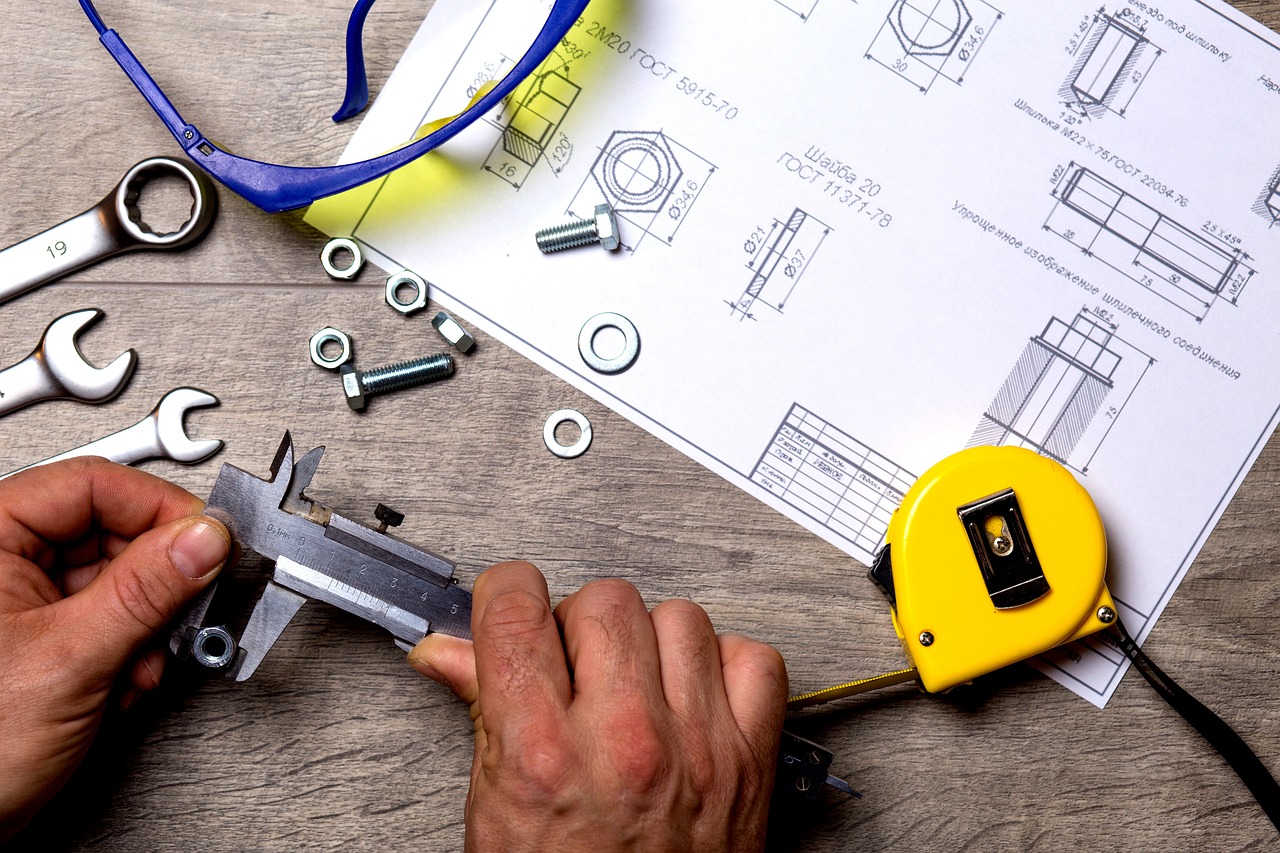
Essential Drawing Tools
When it comes to cartoon drawing, having the right tools can make all the difference. As a beginner, you might feel overwhelmed by the sheer number of options available, but fear not! The essentials are quite simple and will help you embark on your artistic journey with confidence. First and foremost, let’s talk about pencils. A good set of pencils can range from hard (H) to soft (B), each offering a different texture and line quality. For instance, H pencils are great for fine lines and details, while B pencils are perfect for shading and creating depth. Having a variety of these will allow you to experiment and find what works best for your style.
Next up is your sketchbook. This is where all your ideas come to life! A quality sketchbook should have smooth paper that can handle erasing and multiple pencil strokes without tearing. You might want to consider a sketchbook with a spiral binding, as it allows you to flip pages easily and draw at any angle. It’s like your personal playground for creativity, so choose one that inspires you!
Now, let’s not forget about digital tools. In today’s world, many artists are turning to digital platforms for their cartoon creations. A digital tablet combined with software can offer incredible flexibility and a plethora of features. Popular programs like Adobe Illustrator, Procreate, and Clip Studio Paint provide a range of brushes and effects that can elevate your cartooning game. If you’re leaning towards digital art, investing in a good tablet, such as a Wacom or an iPad with Apple Pencil, can be a game-changer.
Understanding the differences between traditional and digital drawing tools is crucial for beginners. Traditional tools offer a tactile experience that many artists cherish, allowing for spontaneous sketches and the satisfaction of physical materials. On the other hand, digital tools provide convenience, easy editing, and a vast array of brushes and effects. It’s a bit like choosing between cooking with fresh ingredients versus using a microwave meal; both have their merits, but the process and outcome can be quite different. So, consider your comfort level and what excites you more when choosing your tools!
As mentioned earlier, pencils and sketchbooks are foundational for many artists. They encourage you to explore your ideas freely. Think of your sketchbook as a diary for your creativity, where every page can hold a new story or character waiting to be discovered. The act of sketching is not just about the end product but also about enjoying the journey of creation. Whether you’re doodling during a boring meeting or sketching out your next big character idea, these tools are essential.
If you’re venturing into the digital realm, the versatility of digital tablets and software cannot be overstated. They allow you to undo mistakes with a simple click, experiment with colors without wasting materials, and even share your work instantly online. Popular software options like Adobe Photoshop and Corel Painter offer robust features for cartoonists, while apps like Procreate are known for their user-friendly interfaces. It’s like having an entire art studio at your fingertips, ready to unleash your creativity!
The choice of paper can significantly impact your drawing process. If you decide to stick with traditional tools, consider the type of paper you’ll be using. For example, smooth paper is ideal for fine lines and detailed work, while textured paper can add an interesting dimension to your sketches. Understanding the characteristics of different papers will help you select the best option for your cartooning techniques, ensuring your creations come out just the way you envision them.
Q: Do I need to invest in expensive tools as a beginner?
A: Not at all! You can start with basic, affordable tools. As you progress, you can gradually invest in higher-quality supplies.
Q: Can I use regular paper for sketching?
A: Yes, regular paper works fine for practice. However, if you want to create more polished pieces, consider using specialized drawing paper.
Q: Is digital drawing easier than traditional drawing?
A: It depends on personal preference. Some find digital tools easier due to their flexibility, while others prefer the tactile feel of traditional materials.
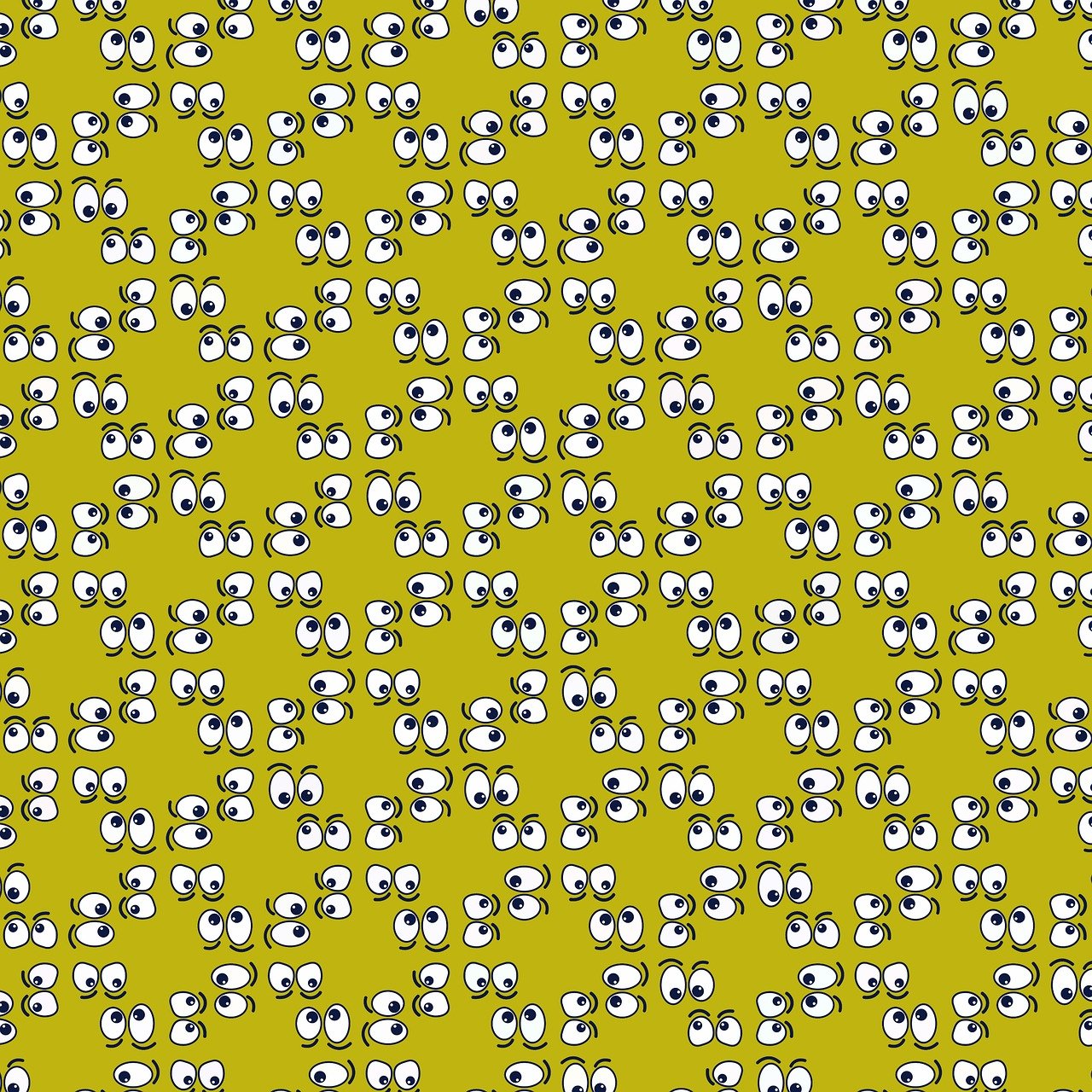
Traditional vs. Digital Tools
When diving into the world of cartoon drawing, one of the first decisions you'll face is whether to embrace traditional tools or go the digital route. Each option has its unique benefits and drawbacks, and understanding these can significantly impact your artistic journey. Traditional tools, such as pencils, inks, and sketchbooks, provide a tactile experience that many artists cherish. There's something inherently satisfying about the feel of a pencil gliding across paper, the smell of graphite, and the spontaneity that comes from sketching without the constraints of technology.
On the other hand, digital tools offer a level of flexibility and convenience that traditional methods simply can't match. With digital tablets and software, you can easily undo mistakes, experiment with colors without wasting materials, and share your artwork instantly online. This aspect can be particularly appealing for beginners who are still finding their style and may want to try out different techniques without the fear of ruining a physical piece.
Here’s a quick comparison to help you weigh your options:
| Aspect | Traditional Tools | Digital Tools |
|---|---|---|
| Cost | Initial investment can be low; however, materials need to be replenished. | Higher initial cost for hardware and software, but often no ongoing material costs. |
| Learning Curve | Intuitive for many; relies on basic drawing skills. | Can be complex due to software features and digital techniques. |
| Flexibility | Limited to physical materials; mistakes can’t be easily corrected. | Highly flexible; easy to edit and experiment with various styles. |
| Final Output | Original pieces can be displayed or sold as-is. | Digital files can be printed or shared online, but may lack the 'original' feel. |
Ultimately, the choice between traditional and digital tools boils down to personal preference. Some artists thrive in the physical realm, enjoying the direct connection with their materials, while others prefer the endless possibilities that digital art offers. If you're just starting out, consider experimenting with both to see which medium resonates with you more. You might find that your style evolves over time, allowing you to incorporate elements from both traditional and digital techniques into your work.
As you embark on your cartoon drawing journey, remember that the tools you choose are just that—tools. They are here to assist you in expressing your creativity. Whether you find joy in the scratch of a pencil on paper or the smooth glide of a stylus on a tablet, what truly matters is your passion for creating and the stories you wish to tell through your art.
Q1: Can I start cartoon drawing with just a pencil and paper?
A1: Absolutely! Many artists begin their journey with just basic supplies. It's a great way to learn the fundamentals without the distractions of technology.
Q2: Do I need expensive software for digital cartoon drawing?
A2: Not necessarily. There are several free or affordable programs available that are excellent for beginners. As you grow, you can invest in more advanced tools if you wish.
Q3: Is it better to focus on traditional or digital drawing first?
A3: It depends on your personal preference. Some artists find that starting with traditional methods helps them develop their skills, while others prefer the versatility of digital tools. Try both and see what feels right for you!
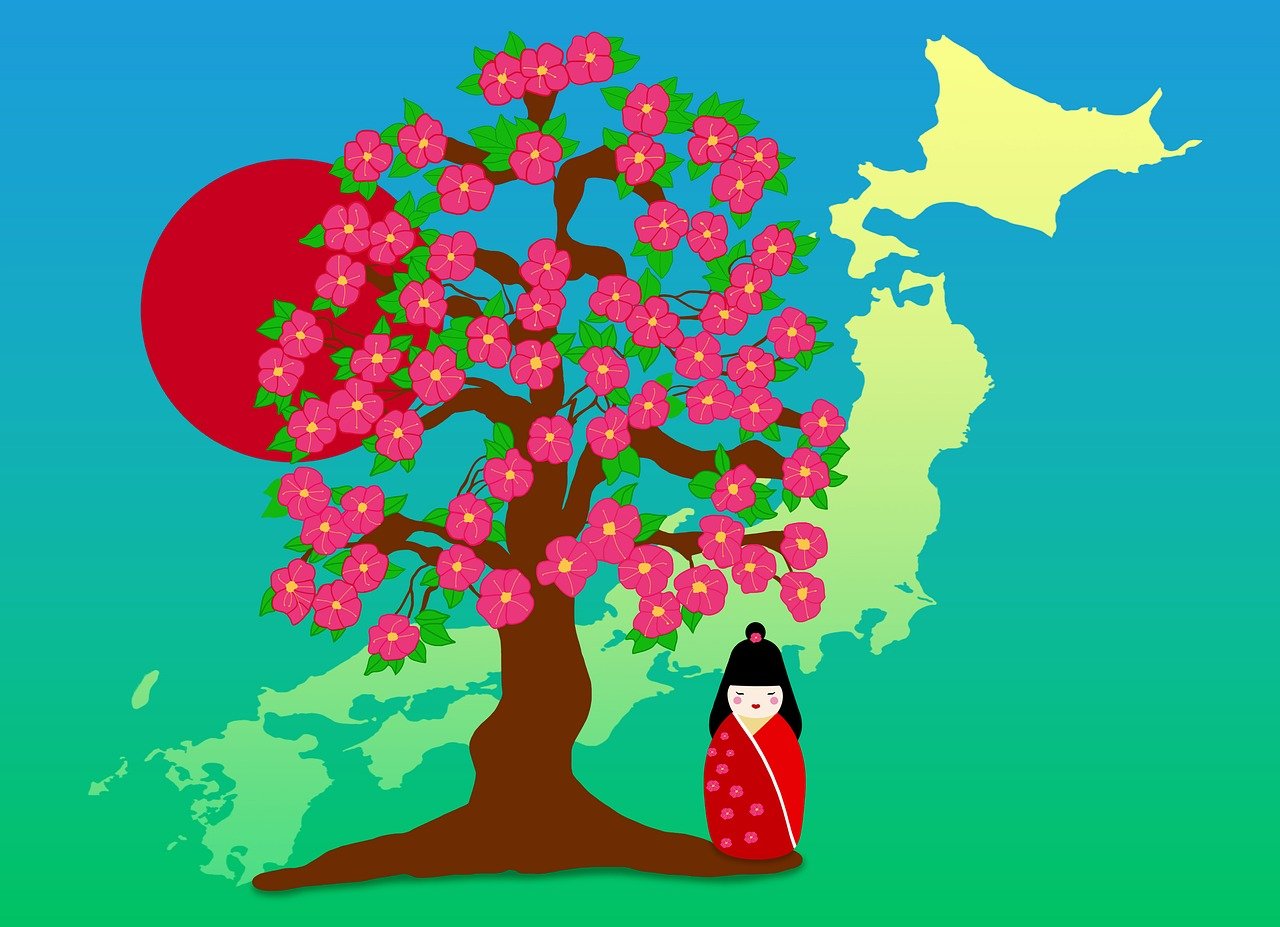
Pencils and Sketchbooks
When it comes to cartoon drawing, are like the bread and butter of the artistic world. They are the essential tools that many artists cling to, providing a tactile experience that can ignite creativity and spontaneity. Imagine being able to feel the texture of the paper beneath your fingers as you sketch your ideas; it's a connection that digital tools often lack. For beginners, choosing the right pencil and sketchbook can significantly influence your artistic journey.
First off, let's talk about pencils. Not all pencils are created equal, and understanding the different types can make a world of difference in your cartooning experience. You might find yourself reaching for:
- Graphite Pencils: These are the most common and versatile. They come in various grades, from soft (B) to hard (H), allowing you to create everything from fine lines to bold strokes.
- Colored Pencils: Perfect for adding a splash of color to your sketches. They can bring your characters to life and add an extra layer of fun to your drawings.
- Mechanical Pencils: These offer precision and consistency, which can be particularly useful for detailed work.
Now, onto sketchbooks! The type of sketchbook you choose can greatly affect your drawing experience. Look for sketchbooks that are:
- Acid-Free: This ensures that your sketches won't yellow or deteriorate over time.
- Heavyweight Paper: A thicker paper can handle various mediums, including ink and markers, without bleeding through.
- Size: Consider what feels comfortable for you. Smaller sketchbooks are portable, while larger ones provide more space for detailed work.
As you start your cartooning journey, don’t underestimate the power of a simple pencil and sketchbook. They allow for quick sketches, brainstorming ideas, and refining your characters before committing to a final piece. It’s like having a playground where your imagination can run wild without the constraints of digital tools. So, grab a pencil, open your sketchbook, and let your creativity flow!

Digital Tablets and Software
In today's digital age, digital tablets and software have revolutionized the way artists create cartoons. For beginners, the choice of tools can seem overwhelming, but understanding the options available can help streamline the creative process. Digital tablets, such as the popular Wacom and Huion models, offer a direct interface for drawing, allowing artists to sketch, color, and edit their work with precision. These tablets come in various sizes and price ranges, catering to both budget-conscious beginners and those willing to invest in higher-end devices.
When it comes to software, there are several powerful programs that can enhance your cartooning experience. For instance, Adobe Photoshop and Clip Studio Paint are favorites among many cartoonists due to their extensive feature sets and user-friendly interfaces. These programs allow for detailed line work, vibrant coloring, and advanced layering techniques that can elevate your cartoons to a professional level. Additionally, free options like Krita and GIMP provide excellent tools for those just starting out without the financial commitment.
It's important to consider how these tools can complement your artistic style. For example, if you love the spontaneity of sketching, a tablet with a responsive stylus will mimic the feeling of traditional drawing while offering the benefits of digital editing. On the other hand, if you prefer a more structured approach, software that allows for precise control over layers and effects might be more suitable. As you explore these tools, don't hesitate to experiment with different combinations to find what works best for you.
| Tablet Brand | Features | Price Range |
|---|---|---|
| Wacom | Pressure sensitivity, customizable buttons | $100 - $800 |
| Huion | High resolution, affordable | $50 - $400 |
| XP-Pen | Large drawing area, great for beginners | $70 - $300 |
Ultimately, the best approach is to practice regularly with your chosen tools. The more you familiarize yourself with the software and tablet features, the more comfortable you will become in creating dynamic and engaging cartoons. Don't shy away from watching tutorials online or joining forums where you can share your work and receive feedback. The digital art community is vibrant and supportive, making it a great resource for beginners eager to learn and improve.
- What is the best tablet for beginners? The best tablet can vary based on personal preference, but brands like Wacom and Huion offer great options for those just starting out.
- Is digital drawing harder than traditional drawing? It can be different, but with practice, many find digital drawing to be just as intuitive as traditional methods.
- Do I need expensive software to create good cartoons? No! There are many free programs available that provide excellent tools for cartooning.

Choosing the Right Paper
When it comes to cartoon drawing, the choice of paper can significantly influence your creative process and the final outcome of your artwork. Imagine trying to paint a masterpiece on a rough, uneven surface; it would be a frustrating experience, right? The same principle applies to drawing. Selecting the right paper is like choosing the right canvas for your artistic expression. There are various types of paper available, each with its own unique characteristics that can enhance or hinder your drawing experience.
For beginners, it’s essential to understand the different types of paper available and how they can affect your drawing techniques. Here are a few types of paper you might consider:
- Sketch Paper: This is typically lightweight and has a rough texture, making it perfect for quick sketches and practice. It allows for easy erasing and is great for beginners who are still honing their skills.
- Drawing Paper: Thicker than sketch paper, drawing paper is designed for more finished work. It can handle a variety of media, including pencils, ink, and markers, giving you the flexibility to explore different techniques.
- Watercolor Paper: If you plan to incorporate color into your cartoons, watercolor paper is an excellent choice. It’s designed to absorb water without warping, making it ideal for vibrant, expressive artwork.
- Mixed Media Paper: This type of paper is versatile and can accommodate various media, including ink, pencil, and even light washes of paint. It’s perfect for artists who like to experiment with different styles and techniques.
Each type of paper has its own weight, texture, and finish, which can dramatically affect how your tools interact with the surface. For instance, a heavier paper can handle more ink without bleeding, while a smoother surface might be better for detailed line work. It’s worth trying out a few different types to see what suits your style best.
Moreover, consider the size of the paper as well. Larger sheets can offer more space for creativity, allowing you to work freely without feeling confined. On the other hand, smaller sketchbooks are portable and perfect for drawing on the go. Ultimately, the right paper will depend on your personal preferences and the specific techniques you want to explore.
In summary, choosing the right paper is a crucial step in your cartoon drawing journey. It can enhance your creativity and help you achieve the desired effects in your artwork. So, don’t hesitate to experiment with different types of paper until you find the one that feels just right for your artistic endeavors!
1. What type of paper is best for beginners?
Sketch paper is often recommended for beginners due to its lightweight and forgiving nature, allowing for easy erasing and practice.
2. Can I use regular printer paper for drawing cartoons?
While you can use printer paper, it may not provide the best experience for drawing. It’s thin and may not hold up well to erasing or heavy ink applications.
3. How does paper weight affect drawing?
Paper weight affects how well the paper can handle different media. Heavier paper can absorb more ink and withstand more pressure, while lighter paper might not hold up as well.
4. Is watercolor paper necessary for colored cartoons?
If you plan to use water-based media, watercolor paper is a great choice as it can handle moisture without warping. However, if you’re using markers or colored pencils, drawing or mixed media paper can work just fine.
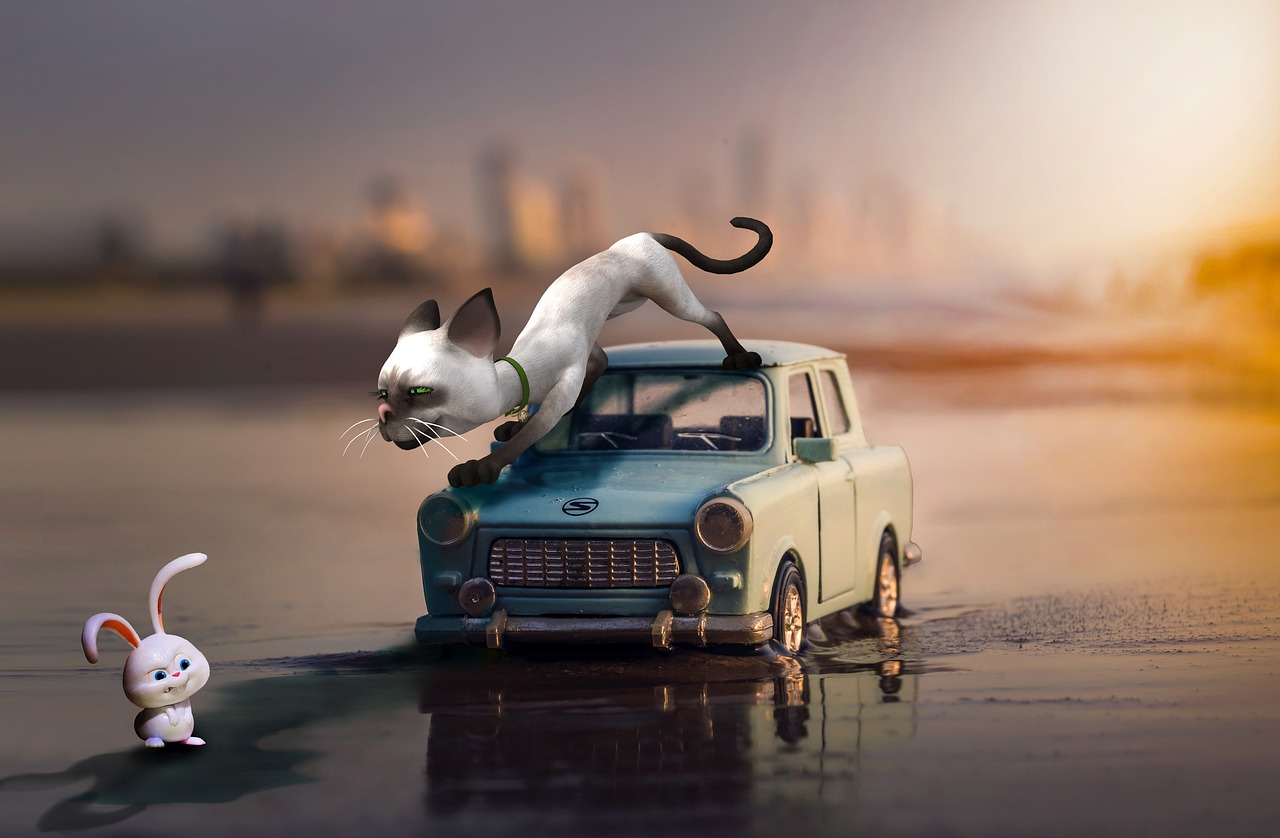
Basic Drawing Techniques
Mastering is essential for any beginner looking to dive into the vibrant world of cartoon drawing. These techniques form the backbone of your artistic expression and can significantly enhance the quality of your work. Let's break down some of the fundamental skills you need to develop a solid foundation in cartoon drawing.
First and foremost, understanding lines is crucial. Lines are the building blocks of any drawing. Whether you're sketching a character or creating a background, the way you use lines can dramatically affect the outcome. Practice drawing straight, curved, and zigzag lines to gain control over your pencil or pen. Try to create a variety of line weights, as this will add depth and interest to your cartoons.
Next, we have shapes. Every cartoon character can be broken down into simple shapes like circles, squares, and triangles. For instance, a character's head might be a circle, while their body could be a rectangle. By mastering these basic shapes, you can simplify complex forms and make your characters more relatable. Start by sketching various shapes and then combine them to form your unique characters.
Proportions are another essential aspect of cartoon drawing. While cartoons often exaggerate features for comedic or stylistic effect, having a grasp of basic proportions will help you maintain consistency. For example, if you decide to give your character oversized eyes, ensure that the rest of the facial features are proportionate to maintain a balanced look. A simple table can help you visualize the standard proportions:
| Feature | Standard Proportion |
|---|---|
| Head | 1 unit |
| Body | 1.5 - 2 units |
| Arms | 0.75 - 1 unit |
| Legs | 1.5 - 2 units |
Another vital technique is creating strong outlines. Clean, expressive outlines can elevate your cartoon from mediocre to fantastic. Use a steady hand and practice varying your line thickness to add character and style. For instance, thicker lines can emphasize the outer edges of your character, while thinner lines can be used for details. This contrast can make your artwork pop!
Shading and texturing are also important techniques that can add depth and dimension to your drawings. While cartoons are often characterized by flat colors, incorporating shading can create a more dynamic look. Start with simple shading techniques, such as cross-hatching or stippling, to give your characters volume. Remember, the light source in your drawing will dictate where the shadows fall, so keep that in mind as you practice.
Lastly, don't forget about the importance of practice. Just like any skill, the more you draw, the better you will become. Set aside time each day to sketch, experiment with different techniques, and challenge yourself to improve. Embrace mistakes as part of the learning process; every artist has been there! Remember, even the most renowned cartoonists started as beginners.
- What is the best way to start drawing cartoons? Begin by practicing basic shapes and lines, then gradually move on to more complex characters and scenes.
- Do I need expensive tools to draw cartoons? No, you can start with simple tools like pencils and paper. As you progress, you can invest in more advanced tools if desired.
- How can I improve my cartoon drawing skills? Regular practice, seeking constructive feedback, and studying the work of other artists can help you improve.
- Is it necessary to learn digital drawing? While traditional drawing is foundational, learning digital tools can enhance your versatility and allow for more creative possibilities.
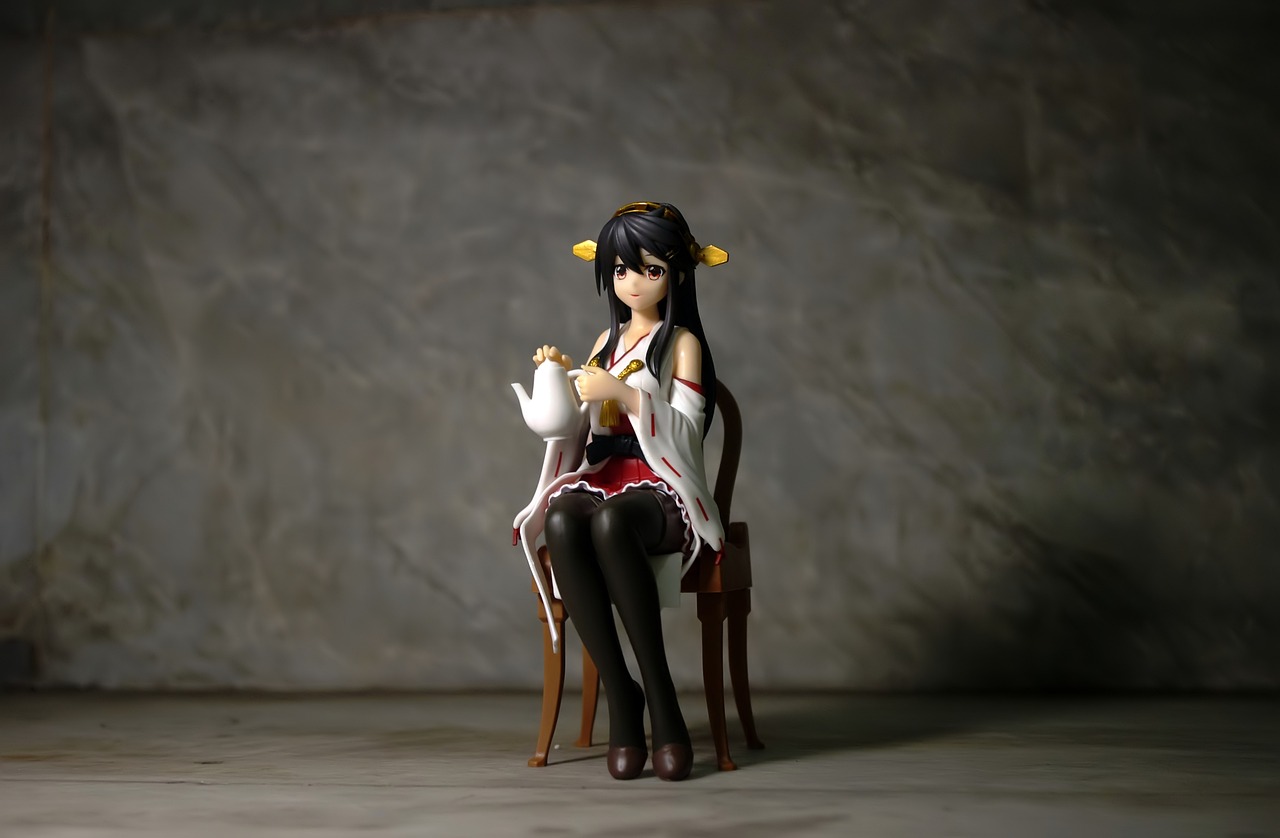
Line Work and Outlines
When it comes to cartoon drawing, line work is the backbone of your artwork. It’s the first thing that catches the viewer's eye, setting the tone and style of your characters and scenes. Think of line work as the framework of a house; without a solid structure, everything else falls apart. To create effective outlines, you need to focus on a few key techniques that will elevate your cartoon drawings from basic sketches to captivating pieces of art.
One essential technique is to vary the thickness of your lines. Using thicker lines for the outer edges of your characters can create a sense of depth and draw attention to the main features. In contrast, thinner lines can be used for details, such as facial features or intricate patterns. This contrast not only enhances the visual appeal but also guides the viewer's eye through the artwork.
Another important aspect of line work is the quality of your lines. Clean, smooth lines convey confidence and precision, while sketchy or uneven lines can evoke a sense of spontaneity and playfulness. Depending on the mood you want to convey, you can choose to use either style. For instance, if you’re drawing a whimsical character, a more playful, sketchy line might be appropriate, while a more serious character might benefit from sharper, cleaner lines.
As you practice your line work, remember to pay attention to the direction and flow of your lines. Lines that follow the natural curves of your characters can create a sense of movement and energy. For example, when drawing a character in motion, the lines should flow in the direction of the movement, enhancing the dynamic feel of the pose. This technique not only makes your drawings more engaging but also helps to tell a story through your art.
To help you understand the importance of line work and outlines, here’s a quick table summarizing some key points:
| Technique | Description |
|---|---|
| Line Thickness | Use varying line thickness to create depth and focus. |
| Line Quality | Choose between clean lines for precision or sketchy lines for playfulness. |
| Line Direction | Follow the natural curves to enhance movement and energy. |
Finally, don’t forget about the importance of practice. The more you draw, the more comfortable you’ll become with your line work. Experiment with different styles and techniques to find what works best for you. Remember, every great artist started as a beginner, and with time and practice, you’ll develop your unique style that reflects your artistic voice.
- What tools should I use for line work?
For traditional drawing, fine-tipped pens or pencils are great. For digital art, software like Adobe Illustrator or Procreate offers excellent tools for creating clean lines. - How can I improve my line quality?
Practice drawing straight and curved lines freehand. Use a light touch and gradually build up pressure to create varied line thickness. - Is it okay to use sketchy lines in my cartoons?
Absolutely! Sketchy lines can add character and personality to your drawings, especially in whimsical or humorous pieces.
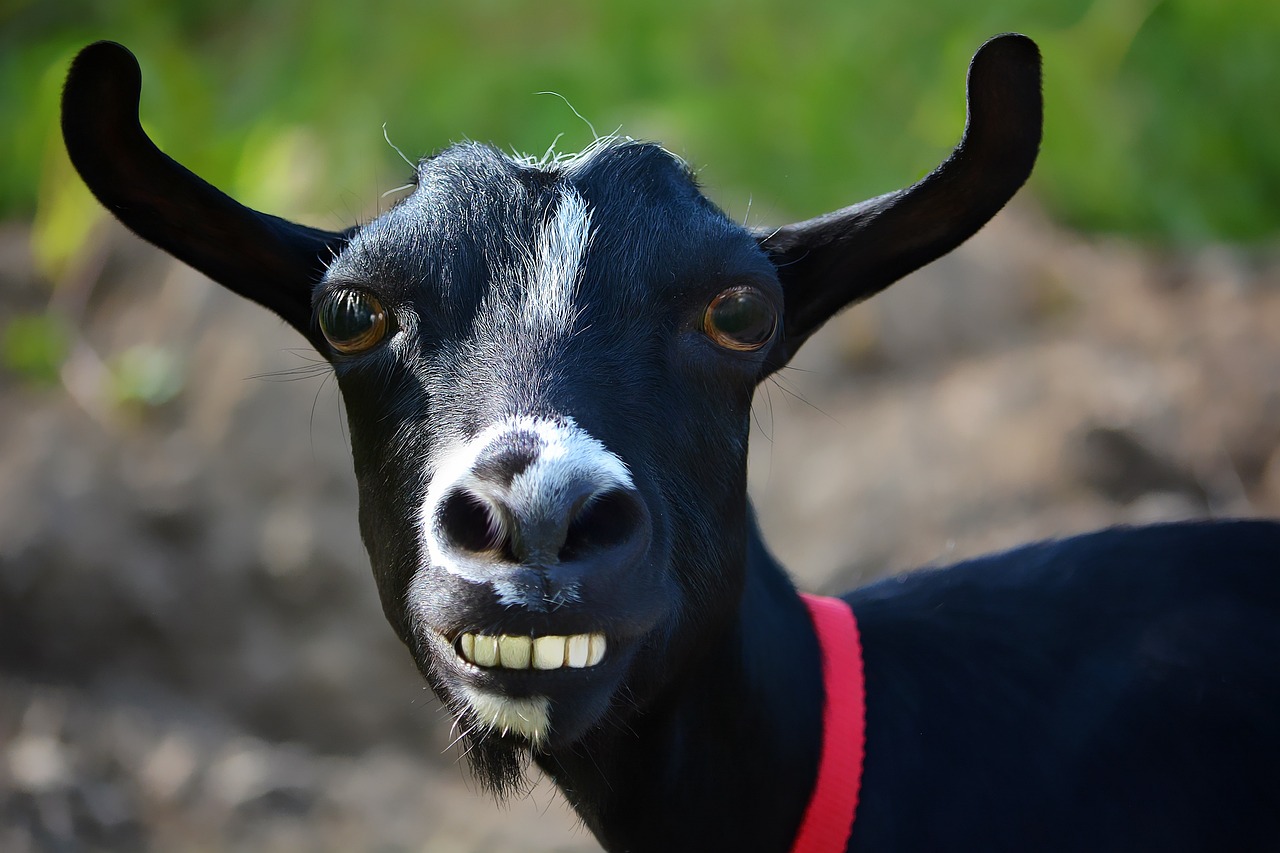
Shading and Texturing
Shading and texturing are essential techniques that can significantly elevate your cartoon drawings, adding depth and dimension that bring your characters and scenes to life. Imagine your drawing as a flat piece of paper; without shading, it lacks the vibrancy and realism that can captivate an audience. By mastering these techniques, you can transform a simple outline into a dynamic piece of art that tells a story.
To begin with, shading involves the use of light and shadow to create the illusion of volume. Think of it like the way sunlight casts shadows on objects, giving them shape and form. There are several methods you can employ to achieve effective shading in your cartoons:
- Hatching: This technique involves drawing parallel lines close together to create darker areas. The closer the lines, the darker the area appears.
- Cross-hatching: Similar to hatching, but this technique uses intersecting lines to build up layers of shading, allowing for more depth.
- Blending: Using tools like blending stumps or your fingers, you can smooth out pencil strokes to create a softer transition between light and dark areas.
Texturing, on the other hand, adds detail that can make your characters and backgrounds more interesting. It’s like giving your drawing a personality; textures can evoke emotions and set the mood. For example, a rough texture can convey a sense of danger, while a smooth texture might suggest calmness. Here are some ways to incorporate texturing into your cartoon art:
- Stippling: This involves creating texture through the use of small dots. The density of the dots can create varying shades and textures.
- Scumbling: A technique where you use a circular motion to create a soft, fuzzy texture. This is particularly effective for backgrounds or fluffy characters.
- Patterning: Integrating patterns into your drawings, such as stripes or polka dots, can add a layer of interest and complexity.
When applying shading and texturing, it's important to consider the light source in your drawing. Where is the light coming from? Understanding this will help you determine where the shadows and highlights should fall. For instance, if the light source is above, the top of your character will be lighter, while the underside will be darker, creating a more three-dimensional effect.
Additionally, practicing these techniques can be as simple as grabbing a pencil and sketching everyday objects around you. Start with basic shapes, applying different shading techniques to see how they change the perception of form. Over time, you’ll develop a keen eye for how to apply these methods to your cartoon characters, enhancing their visual appeal.
In summary, mastering shading and texturing is crucial for any aspiring cartoonist. Not only do these techniques add depth and realism, but they also allow you to inject personality into your art. So grab your tools, experiment with different methods, and watch as your cartoons come to life in ways you never thought possible!
Q: What is the best way to practice shading?
A: The best way to practice shading is to start with simple shapes and gradually move to more complex forms. Use different techniques like hatching and blending to see how they affect the overall look.
Q: Can I use digital tools for shading?
A: Absolutely! Digital tools offer a range of brushes and effects that can help you achieve professional-looking shading and texturing with ease.
Q: How do I know which shading technique to use?
A: It often depends on the style you want to achieve. Experiment with different techniques to see what works best for your cartoon style and the effect you want to create.
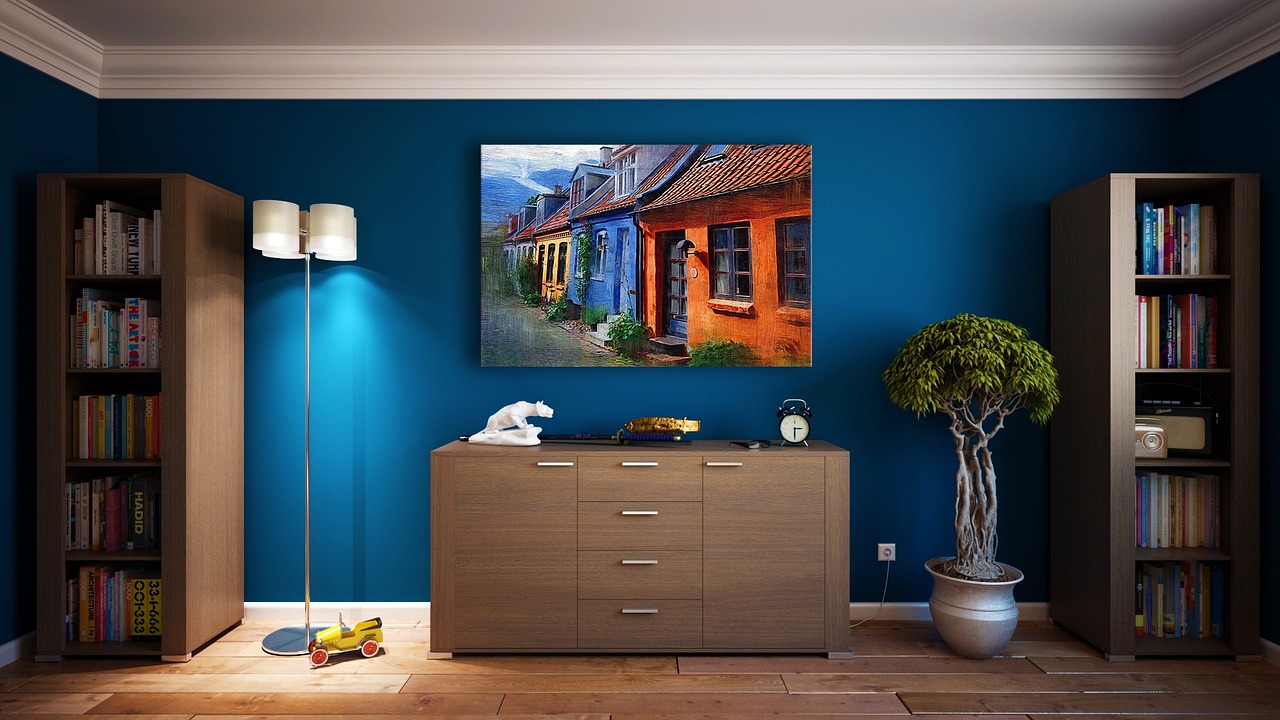
Creating Characters
Creating characters is one of the most exciting aspects of cartoon drawing. It's where your imagination truly comes alive! Think of your characters as the heart of your cartoons; they are the ones who tell the story and connect with the audience. To craft memorable characters, you need to focus on their personality traits, expressions, and overall visual appeal. Each character should have a distinct identity that makes them relatable and engaging. So, how do you go about this? Let's dive in!
Start by brainstorming character ideas. Consider what makes your character unique. Is your character a quirky inventor, a brave hero, or perhaps a mischievous sidekick? Use mind mapping techniques to explore various traits and backgrounds. For example, you might jot down words like "funny," "curious," or "adventurous" to help shape your character's personality.
Once you have a solid idea, it’s time to think about facial expressions. These are crucial for conveying emotions and personality. A character's expression can tell the audience if they are happy, sad, angry, or surprised. To illustrate this, consider the following:
| Emotion | Facial Features |
|---|---|
| Happy | Smiling mouth, wide eyes |
| Sad | Downturned mouth, droopy eyes |
| Angry | Furrowed brows, clenched teeth |
| Surprised | Wide eyes, raised eyebrows |
As you sketch, pay attention to how these expressions change the character's overall look. A slight tweak in the eyebrows or mouth can dramatically alter the emotion conveyed. Remember, the more expressive your characters are, the more they will resonate with your audience.
Next up is body language and poses. Just like facial expressions, body language plays a vital role in character development. A character's stance, gestures, and movements can communicate their feelings and intentions without a single word. For instance, a character with arms crossed may appear defensive, while one with open arms looks welcoming. To create dynamic poses, consider the following:
- Experiment with different angles and perspectives.
- Use reference images to study how real people hold themselves in various situations.
- Think about the action your character is performing and how that affects their posture.
By combining well-thought-out facial expressions with engaging body language, you can create characters that not only look good on paper but also feel alive to your audience. The key is to ensure that every aspect of your character—from their design to their demeanor—aligns with their personality and the story you want to tell.
In conclusion, creating characters is a blend of art and storytelling. Embrace the process, experiment with different traits, and don't be afraid to let your creativity run wild. After all, the characters you create are the soul of your cartoons, and they have the power to captivate and inspire!
Q: How do I come up with character ideas?
A: Start by brainstorming traits, backgrounds, and roles. Think about what makes your character unique and how they fit into your story.
Q: What is the importance of facial expressions in cartoons?
A: Facial expressions convey emotions and personality, making characters relatable and engaging for the audience.
Q: How can I improve my character's body language?
A: Study real-life references, experiment with different poses, and ensure that your character's body language aligns with their emotions and actions.

Facial Expressions
Facial expressions are the gateway to conveying emotions and personality in your cartoon characters. Imagine a character with a huge grin; you can almost feel their joy radiating off the page! On the flip side, a furrowed brow and downturned mouth can instantly communicate sadness or anger. The power of facial expressions in cartoons is immense, as they not only add depth to your characters but also enhance storytelling by allowing the audience to connect emotionally.
To master facial expressions, it's essential to understand the basic emotions you want to portray. Here’s a quick rundown of some key expressions and the emotions they convey:
- Happiness: Bright eyes, a wide smile, and raised eyebrows.
- Sadness: Droopy eyes, a frown, and a slight downward tilt of the head.
- Anger: Narrowed eyes, clenched teeth, and furrowed brows.
- Surprise: Wide-open eyes, raised eyebrows, and an open mouth.
- Fear: Wide eyes, raised eyebrows, and a mouth that might be slightly open.
When drawing these expressions, consider the following techniques:
- Exaggeration: Don’t shy away from exaggerating features. A cartoon is meant to be playful and expressive, so push the boundaries of realism!
- Use Guidelines: Sketch light guidelines to help position the facial features correctly before finalizing your lines.
- Practice Different Angles: Expressions can change dramatically based on the angle from which you view the character, so practice drawing faces from various perspectives.
Additionally, remember to incorporate body language into your character’s expressions. A character might have a big smile, but if their shoulders are slumped, it might contradict the happiness you’re trying to convey. The harmony between facial expressions and body language creates a more cohesive and believable character.
Lastly, don't forget to observe real-life references! Study how people express emotions in various situations. Whether it’s watching a movie, observing friends, or even looking in the mirror, capturing the nuances of human expression will significantly enhance your cartooning skills.
| Question | Answer |
|---|---|
| How can I practice drawing facial expressions? | Start by sketching faces from photographs or real life, focusing on different emotions. Try to capture the subtleties in each expression. |
| Should I use reference images? | Absolutely! Reference images can provide valuable insights into how facial muscles move and how expressions change with different angles. |
| Can I exaggerate expressions in cartoons? | Yes! Exaggeration is a key element of cartooning, allowing you to emphasize emotions and make your characters more engaging. |
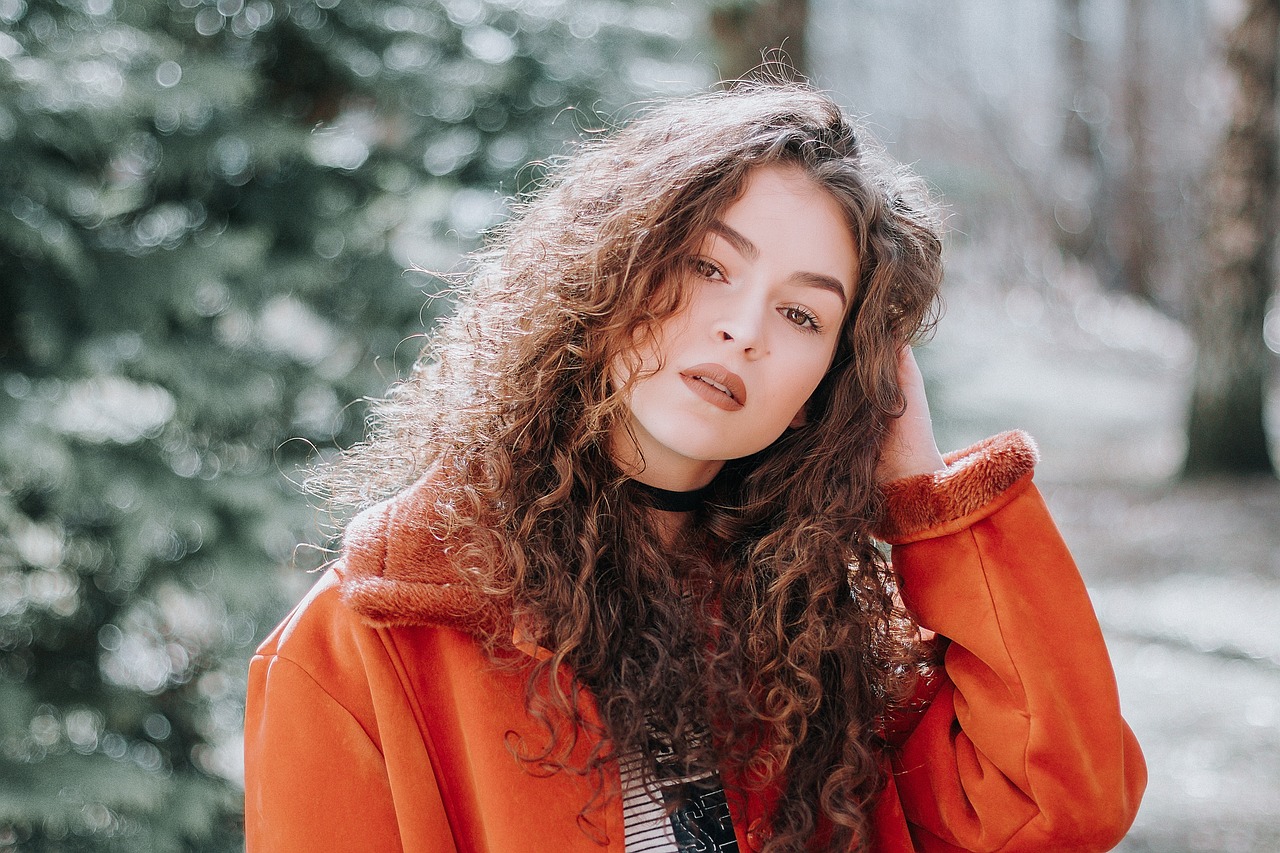
Body Language and Poses
Understanding body language and poses is essential for any aspiring cartoonist. Just like in real life, the way a character holds themselves can convey a wealth of information about their emotions and intentions. Think about it: a character with crossed arms might appear defensive or closed off, while one with open arms seems welcoming and friendly. This non-verbal communication is crucial in bringing your characters to life, making them relatable and engaging for your audience.
When creating poses, consider the emotion you want to express. For instance, if your character is excited, you might depict them jumping with arms raised high, exuding energy and joy. On the other hand, a character that is sad may be slumped over, with their head down and shoulders drooping. These subtle differences in posture can transform a static drawing into a dynamic piece of art that tells a story.
To master body language in your cartoons, here are a few tips:
- Study Real-Life References: Observe how people move and interact. Watching movies, animations, or even your friends can provide insights into natural body movements.
- Experiment with Different Angles: Don’t hesitate to draw your character from various perspectives. This practice helps you understand how body language changes with position.
- Use Gesture Drawing: Quick sketches that capture the essence of a pose can help you focus on movement and flow rather than getting bogged down in details.
Moreover, incorporating facial expressions alongside body language can amplify the emotional impact of your characters. For example, if a character is looking away with a furrowed brow, it might suggest they are deep in thought or feeling troubled. Pairing this expression with a hunched posture can create a powerful visual narrative.
In addition, consider the context of your character’s pose. Are they in a relaxed environment, or are they in a tense situation? The surrounding elements can influence how you depict their body language. For instance, a character standing confidently in a boardroom will have a different posture compared to one slumped in a crowded subway. Understanding these nuances will help you create more authentic and relatable characters.
Lastly, don’t forget to practice! The more you draw, the more intuitive understanding of body language and poses will become. Keep a sketchbook handy, and make it a habit to doodle characters in different poses throughout your day. Over time, you’ll develop a keen eye for how posture can express a multitude of emotions.
Q1: How can I improve my understanding of body language in cartoons?
A1: Observing real-life interactions and practicing gesture drawing can greatly enhance your understanding of body language. Consider taking reference photos or using online resources to study different poses.
Q2: Should I focus more on body language or facial expressions?
A2: Both are crucial! Body language sets the tone, while facial expressions add depth to the emotion. Strive to balance both elements to create compelling characters.
Q3: Are there specific resources for learning about body language in art?
A3: Yes! Books on figure drawing, online courses, and even video tutorials can provide valuable insights into body language and effective posing techniques.
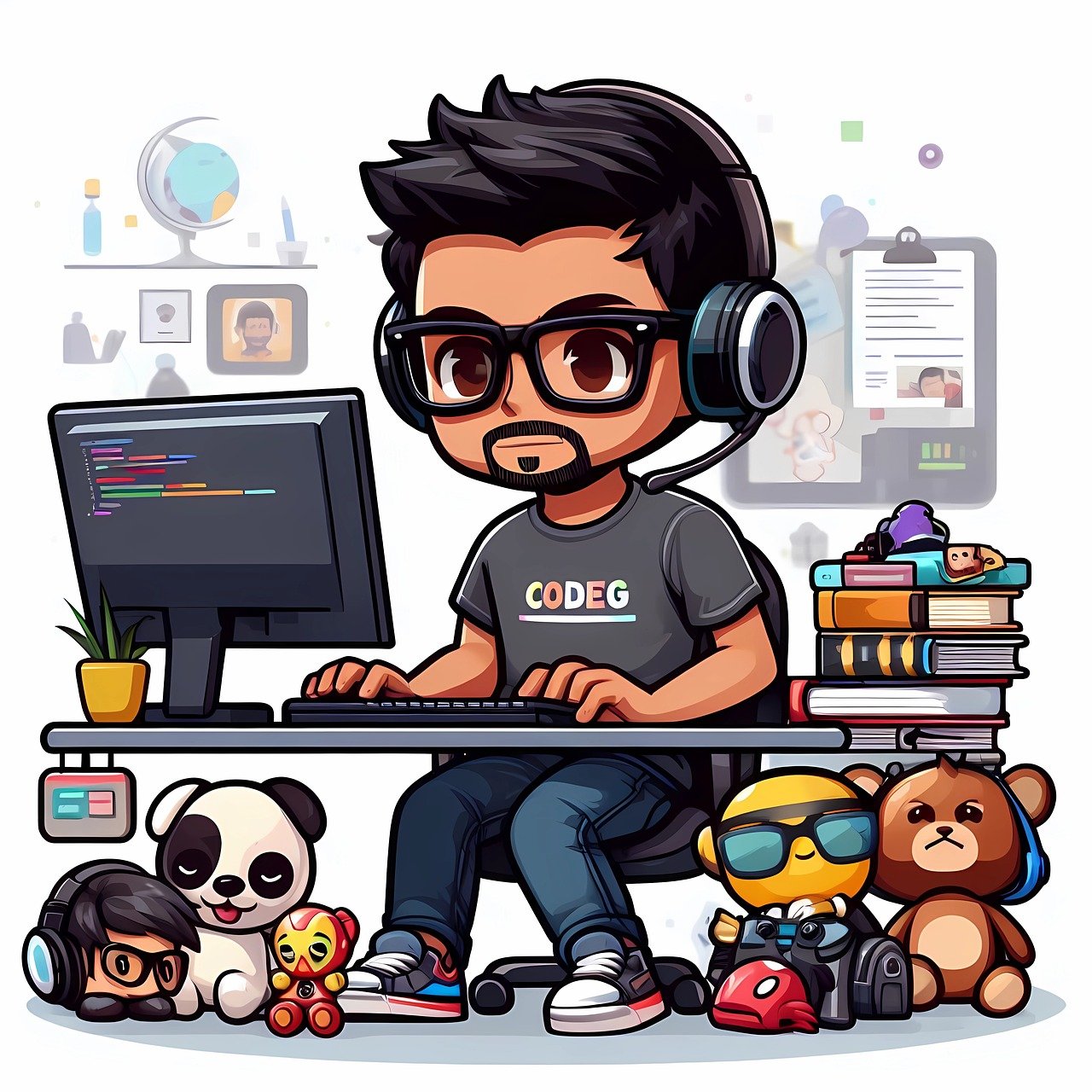
Storytelling in Cartoons
Storytelling is at the heart of cartoon creation. It’s not just about drawing funny characters or vibrant scenes; it’s about weaving a narrative that captivates the audience. Think about your favorite cartoons – they don’t just entertain; they tell stories that resonate, evoke emotions, and sometimes even teach valuable lessons. As a beginner, understanding how to integrate storytelling into your cartoons can elevate your art from simple sketches to engaging narratives. So, how do you go about crafting a compelling story within your cartoon? Let’s dive in!
First and foremost, developing a solid plot is crucial for engaging cartoons. A well-structured plot serves as the backbone of your story, guiding your characters through a series of events that ultimately leads to a satisfying conclusion. Here are some essential elements to consider when creating your plot:
- Conflict: Every good story needs a conflict. This could be a problem your character needs to solve or an obstacle they must overcome. It’s the driving force that keeps your audience invested.
- Characters: Your characters should be relatable and dynamic. They should grow or change in some way throughout the story, making their journey more impactful.
- Resolution: How does your story end? A resolution ties up loose ends and provides closure, leaving your audience satisfied.
Next, let’s talk about visual storytelling techniques. The way you present your cartoon can significantly enhance the narrative flow. Composition, for example, plays a vital role in guiding the viewer’s eye and emphasizing important elements of the story. Consider using the Rule of Thirds to create balanced and engaging scenes. This technique involves dividing your canvas into a grid and placing key elements along these lines or at their intersections, drawing attention to them.
Pacing is another crucial aspect of visual storytelling. It dictates the rhythm at which your story unfolds. Quick, dynamic scenes can create excitement and tension, while slower moments allow for reflection and emotional depth. Think of it like a roller coaster ride – the highs and lows keep the audience engaged and wanting more!
As you work on your storytelling skills, remember that practice is key. Don’t be afraid to experiment with different narrative styles and techniques. Try creating a short comic strip or a series of illustrations that tell a story. This hands-on approach will not only improve your drawing skills but also enhance your ability to convey narratives through your art.
In conclusion, storytelling is an essential component of cartoon drawing that can transform your work from simple illustrations into engaging narratives. By focusing on plot development, utilizing visual storytelling techniques, and practicing regularly, you’ll be well on your way to creating cartoons that not only entertain but also resonate with your audience.
Q: How important is storytelling in cartoons?
A: Storytelling is crucial as it adds depth and meaning to your cartoons, making them more engaging for the audience.
Q: What are some common storytelling techniques in cartoons?
A: Common techniques include developing a strong plot, using dynamic characters, and employing effective visual storytelling methods like composition and pacing.
Q: Can I tell a story without dialogue in my cartoons?
A: Absolutely! Many cartoons rely solely on visuals to convey their narratives, using expressions, body language, and composition to tell the story.

Plot Development
When it comes to creating captivating cartoons, is your secret weapon. Think of your cartoon as a rollercoaster ride; if the plot is well-structured, your audience will be thrilled, screaming for more at every twist and turn. But if the plot is weak or confusing, it’s like a ride that stalls halfway up—disappointing and frustrating. So, how do you ensure your plot is engaging?
First, you need to establish a clear conflict. Every great story has a conflict that drives the narrative forward. This could be anything from a character facing a personal challenge to a grand adventure where the hero must save the day. The conflict creates tension and keeps your audience on the edge of their seats, eager to see how it resolves.
Next, introduce your characters with depth. Each character should have their own goals, motivations, and flaws. This not only makes them relatable but also adds layers to the plot. For instance, if your protagonist is a clumsy hero, their journey becomes more interesting as they navigate their shortcomings while trying to achieve their goals. Remember, the more your audience can connect with the characters, the more invested they will be in the story.
Additionally, consider the three-act structure as a guideline for your plot development. Here’s a quick breakdown:
| Act | Description |
|---|---|
| Act 1 | Introduce characters and setting, establish the conflict. |
| Act 2 | Develop the conflict, introduce complications, and build tension. |
| Act 3 | Resolve the conflict and provide closure. |
This structure helps maintain a steady flow in your storytelling, ensuring that your audience remains engaged throughout the entire cartoon. But don’t be afraid to experiment! The beauty of cartoon storytelling lies in its flexibility. You can bend the rules to fit your unique style and message.
Lastly, don’t forget about the resolution. A satisfying conclusion ties up loose ends and gives your audience a sense of closure. Whether it’s a happy ending or a cliffhanger that leaves them wanting more, a well-crafted resolution can make all the difference in how your cartoon is received.
In summary, plot development is about weaving together conflicts, characters, and resolutions in a way that captivates your audience. By focusing on these elements, you’ll create a rich narrative that enhances your cartoon and keeps viewers coming back for more.
- What is the most important aspect of plot development? The most crucial aspect is establishing a clear conflict that drives the story forward.
- How can I make my characters more relatable? Give them unique goals, motivations, and flaws that your audience can connect with.
- Is it necessary to follow a specific structure for my plot? While structures like the three-act model are helpful, feel free to adapt them to fit your story style.
- What should I include in the resolution of my cartoon? Ensure that the major conflicts are resolved and provide a sense of closure for your audience.
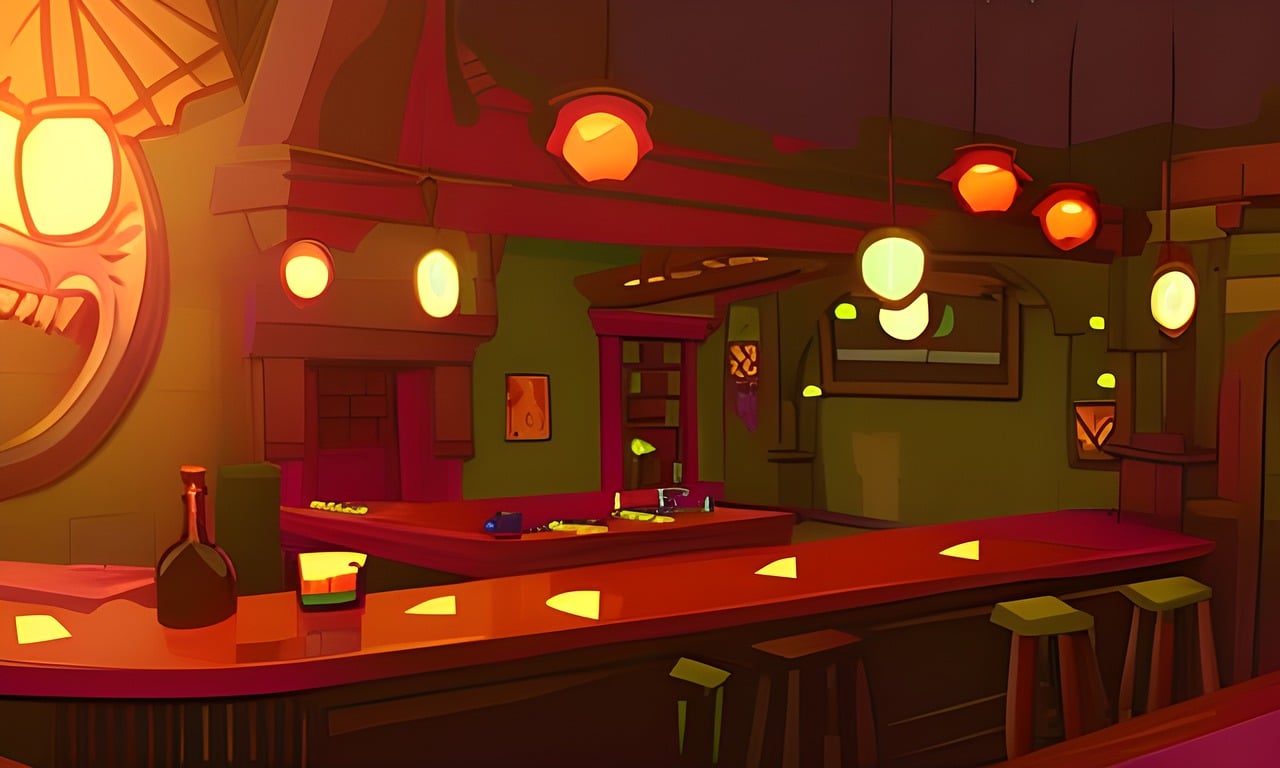
Visual Storytelling Techniques
Visual storytelling is a powerful tool in cartoon drawing, allowing artists to convey emotions, ideas, and narratives through images rather than words. By mastering this technique, cartoonists can create engaging stories that resonate with their audience on a deeper level. One of the key aspects of visual storytelling is the use of composition. This involves arranging elements within the frame to guide the viewer's eye and create a sense of flow. For instance, placing the main character off-center can create tension or draw attention to other elements in the scene, enhancing the overall narrative.
Another essential technique is pacing. This refers to the rhythm of the story and how quickly or slowly events unfold. In cartoons, pacing can be manipulated through the size of panels, the number of frames, and the timing of actions. A sudden, large panel can create a dramatic moment, while smaller panels can speed up the action. By varying the pacing, artists can keep their audience engaged and build anticipation for what comes next.
Moreover, color plays a significant role in visual storytelling. Different colors evoke different emotions and can set the tone for a scene. For example, warm colors like red and orange can create feelings of excitement or urgency, while cool colors like blue and green can convey calmness or sadness. Understanding the psychological impact of color can help artists make informed decisions about their palettes, enhancing the emotional depth of their cartoons.
Additionally, character positioning can dramatically influence storytelling. The way characters are placed within a scene can suggest relationships, emotions, and actions. For instance, a character standing tall and facing forward may convey confidence, while one that is hunched over or turned away might suggest insecurity or defeat. These subtle cues can significantly enhance the viewer's understanding of the characters and their motivations.
Finally, integrating background elements can enrich the narrative. Backgrounds are not just a backdrop; they can provide context, set the mood, and even foreshadow events. For example, a stormy sky can hint at impending conflict, while a bright, sunny day can suggest a happy moment. By carefully designing backgrounds, artists can add layers of meaning to their cartoons, making the story more immersive and engaging.
In summary, mastering visual storytelling techniques is essential for any aspiring cartoonist. By focusing on composition, pacing, color, character positioning, and background elements, artists can create compelling narratives that captivate their audience. Remember, every visual choice you make contributes to the story you want to tell, so take the time to explore and experiment with these techniques in your cartoon creations.
- What is visual storytelling in cartoons?
Visual storytelling in cartoons refers to the technique of conveying narratives and emotions through images, using elements like composition, pacing, and color to enhance the story. - How can I improve my cartoon's pacing?
To improve pacing, vary the size of your panels and the number of frames, and consider how quickly or slowly actions unfold to maintain audience engagement. - Why is color important in visual storytelling?
Color can evoke specific emotions and set the tone for a scene, making it a crucial element in conveying the intended mood of your cartoon. - How do character positions affect storytelling?
Character positioning can suggest emotions and relationships, influencing how viewers perceive the dynamics between characters in your cartoon. - What role do backgrounds play in cartoons?
Backgrounds provide context and can foreshadow events, adding depth and meaning to the narrative of your cartoon.
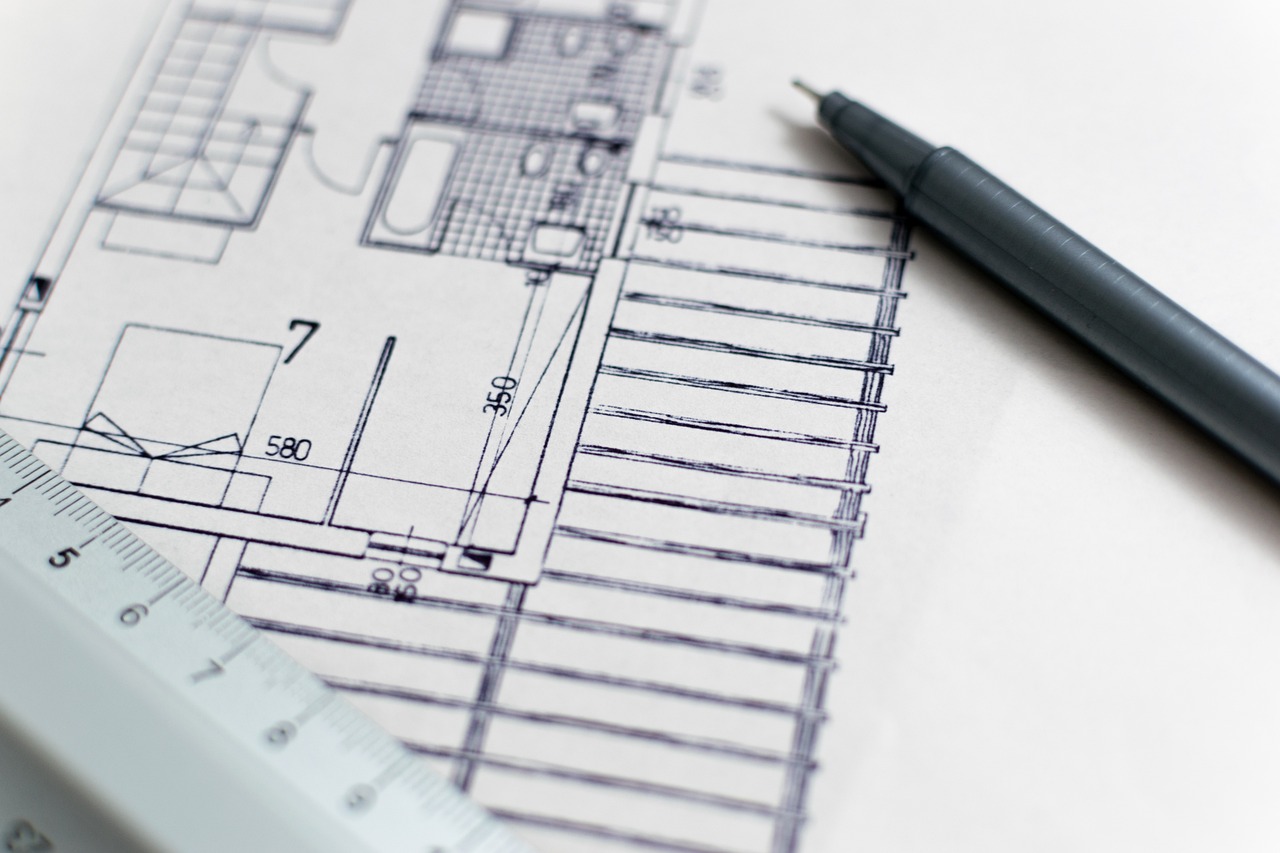
Practice and Improvement
When it comes to mastering the art of cartoon drawing, regular practice is your best friend. Think of it like exercising a muscle; the more you work on it, the stronger and more agile it becomes. As a beginner, you might feel overwhelmed by the vastness of skills to develop, but fear not! Embracing a structured routine can help you stay focused and motivated. So, how do you create an effective practice regimen? Here’s a simple approach:
First, start by setting achievable goals. This could mean dedicating specific days to practice certain techniques, like line work or character design. For instance, you might decide to focus on facial expressions one day and body language the next. By breaking down your learning into manageable chunks, you can see progress without feeling swamped. Here’s a sample weekly plan:
| Day | Focus Area | Practice Activity |
|---|---|---|
| Monday | Line Work | Draw 10 different lines and shapes |
| Tuesday | Character Design | Create 3 unique characters |
| Wednesday | Facial Expressions | Sketch 5 different emotions |
| Thursday | Body Language | Draw 5 poses reflecting different moods |
| Friday | Shading Techniques | Practice shading on 3 different objects |
| Saturday | Storytelling | Develop a short comic strip |
| Sunday | Review and Reflect | Assess your week's work and plan for next week |
Next, it's crucial to seek feedback and critique. Sharing your work with others can be nerve-wracking, but constructive criticism is invaluable for growth. Join online communities, attend local art classes, or even share your drawings on social media platforms. Engaging with fellow artists allows you to gain different perspectives and tips that can elevate your craft. Remember, feedback is not about tearing you down; it's about helping you build a stronger foundation.
Moreover, don’t shy away from revisiting your earlier works. Compare them with your recent creations and take note of your progress. This practice not only boosts your confidence but also highlights areas where you can improve. Celebrate small victories along the way, like mastering a new technique or completing a character design that you’re proud of.
Lastly, keep in mind that improvement is a journey, not a destination. Embrace the process of learning and allow yourself to experiment. Sometimes, the best ideas come from unexpected places. So grab your pencil, unleash your creativity, and let each stroke bring you closer to becoming the cartoon artist you aspire to be!
- How often should I practice cartoon drawing?
Consistency is key! Aim for at least a few times a week, even if it's just for 30 minutes.
- What if I feel stuck in my drawing?
Take a break, try drawing something different, or seek inspiration from other artists.
- Is it necessary to take classes to improve?
While classes can be beneficial, self-study and practice can also lead to significant improvement.
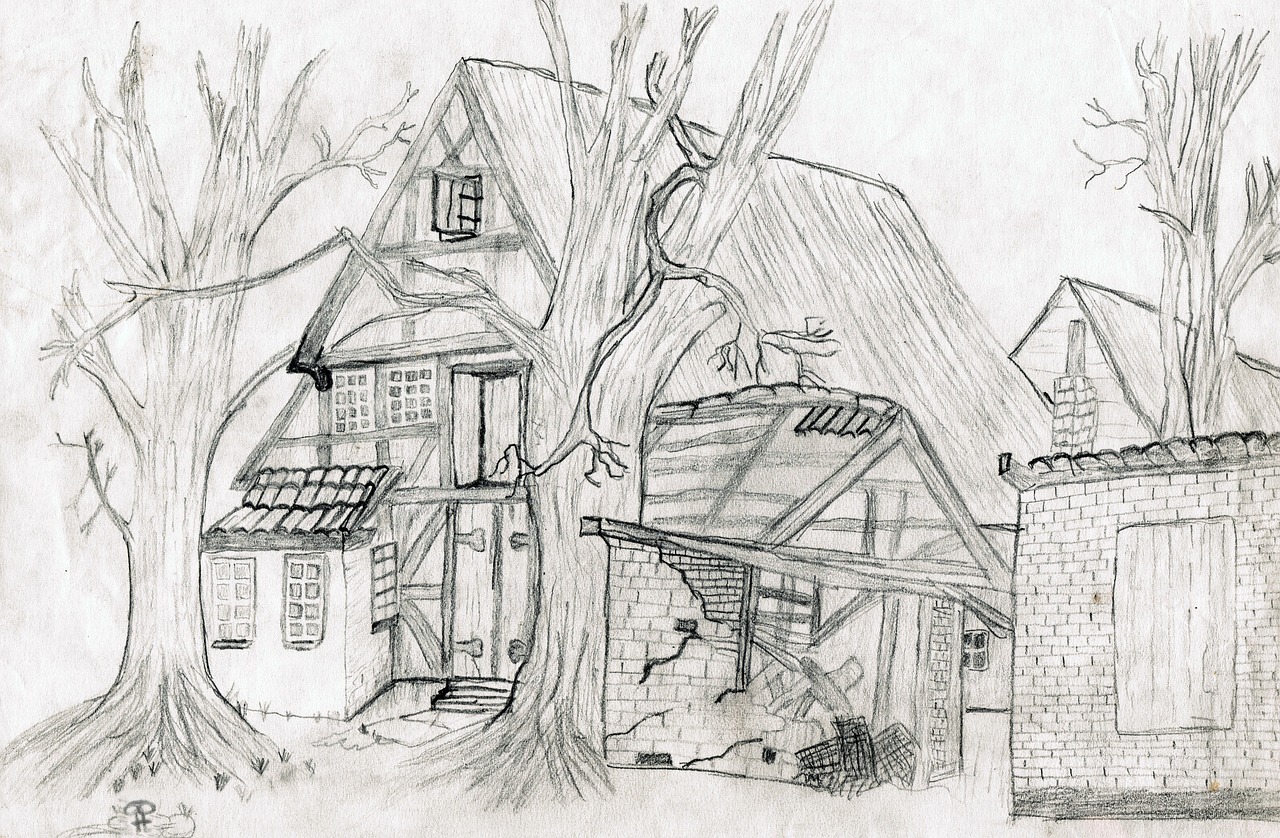
Setting Goals
Setting goals is like laying the foundation for a house; without it, everything else may crumble. For beginners in cartoon drawing, establishing clear and achievable goals is essential to maintain motivation and track progress. Think of your goals as a roadmap guiding you through the creative process, helping you navigate the sometimes overwhelming world of art. So, how do you set effective goals? Well, let’s break it down!
First, it's important to define what you want to achieve. Are you aiming to master the art of character design, or perhaps you want to enhance your shading techniques? Whatever it may be, specificity is key. Instead of saying, "I want to get better at drawing," try saying, "I want to complete five character sketches by the end of the month." This approach not only makes your goal more tangible but also gives you a clear target to aim for.
Next, consider the SMART criteria for goal setting, which stands for:
- Specific: Clearly define your goal.
- Measurable: Ensure you can track your progress.
- Achievable: Set realistic goals that challenge you without being overwhelming.
- Relevant: Make sure your goals align with your overall aspirations as an artist.
- Time-bound: Set a deadline to create a sense of urgency.
By applying the SMART criteria, you can create a structured practice plan that focuses on specific skills. For instance, if you want to improve your line work, you might set a goal to dedicate 30 minutes each day for a week to practice different line techniques. This not only builds your skills but also instills a sense of accomplishment as you check off each completed session.
Moreover, it's crucial to remain flexible and adjust your goals as you progress. As you dive deeper into cartoon drawing, you might discover new interests or areas that spark your creativity. Embrace these changes! If you initially set a goal to work on character expressions but find yourself intrigued by backgrounds, don’t hesitate to shift your focus. The beauty of art lies in its fluidity, and your goals should reflect that.
Lastly, consider keeping a journal or a digital document where you can track your goals and reflect on your progress. This not only helps in maintaining accountability but also allows you to celebrate your achievements, no matter how small. Remember, every step forward is a step toward becoming the cartoonist you aspire to be!
Q: How often should I set new goals for my cartoon drawing?
A: It's beneficial to review and set new goals every few weeks or months, depending on your progress and interests. Regularly assessing your goals keeps your practice fresh and engaging.
Q: What if I don’t achieve my goals?
A: Don’t be discouraged! Art is a journey, and setbacks are part of the process. Reflect on what may have hindered your progress and adjust your goals accordingly.
Q: Can I share my goals with others?
A: Absolutely! Sharing your goals with fellow artists or friends can provide motivation and accountability. Plus, you might receive valuable feedback or support along the way.
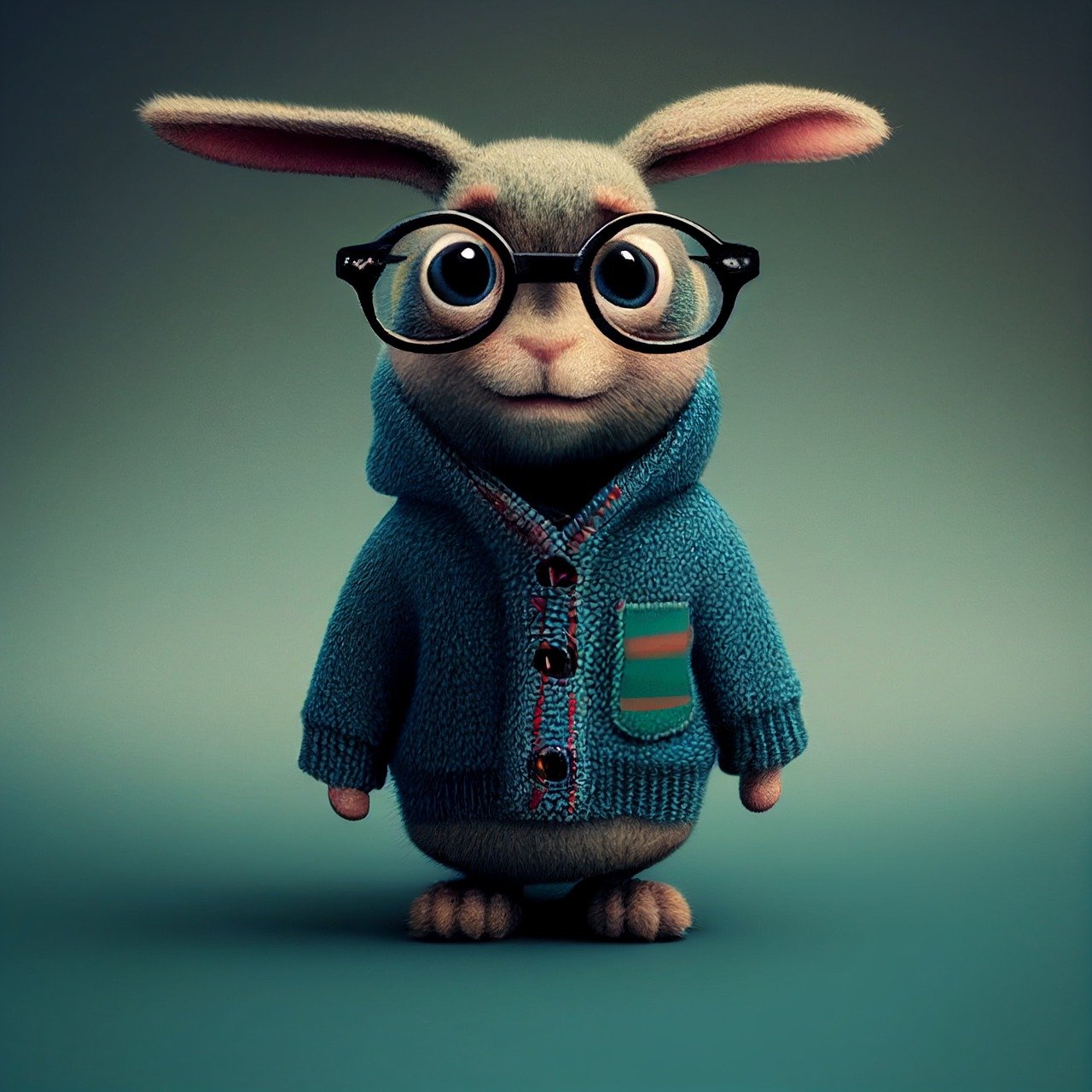
Seeking Feedback and Critique
When it comes to improving your cartoon drawing skills, seeking feedback and critique is not just a good idea; it's essential! Imagine you're on a journey to become a master cartoonist. Along the way, you’ll encounter various challenges, and feedback acts like your trusty map, guiding you through the twists and turns of artistic growth. But how do you ask for feedback effectively? Here are some tips:
First, consider who you want to seek feedback from. It can be fellow artists, friends, or even online communities. Each group offers different perspectives. For instance, fellow artists can provide technical insights, while friends might give you a more general audience's view. When you approach someone for feedback, be specific about what you want them to focus on. Instead of saying, “What do you think?” try asking, “Can you tell me if the character's expression conveys the right emotion?” This clarity will help them provide more valuable input.
Next, create a safe space for critique. It’s important to remember that feedback is not a personal attack; it’s an opportunity for growth. When you receive criticism, try to keep an open mind. Instead of getting defensive, think of it as a chance to learn. You might even consider keeping a feedback journal where you jot down the critiques you receive and how you plan to implement them. This way, you can track your progress over time!
Another effective method is to join online forums or local art groups where artists share their work and critique each other. Websites like DeviantArt or Reddit’s r/ArtCrit can be fantastic platforms for this. Just remember to reciprocate! Offering constructive feedback to others not only helps them but also sharpens your own critical skills.
Lastly, don't forget to celebrate your progress! After implementing feedback, revisit your previous works to see how far you've come. It’s like looking back at old photos; you’ll be amazed at the transformation. Regularly seeking feedback and reflecting on it is a powerful way to enhance your skills and develop your unique style.
- How do I know if the feedback I receive is valid? Look for consistency in the feedback you receive. If multiple people point out the same issue, it's worth considering. Trust your instincts about which critiques resonate with your vision.
- What if I receive negative feedback? Negative feedback can sting, but it's often the most valuable. Use it as a tool for improvement rather than a reason to give up. Remember, even the best artists started somewhere!
- How often should I seek feedback? Regularly! After completing a piece, or even during the process, reaching out for feedback can help you stay on track and improve continuously.
Frequently Asked Questions
- What are the best cartoon styles for beginners to explore?
Beginners should experiment with various cartoon styles such as classic cartoons, anime, and comic strips. Each style has unique characteristics that can help you discover your preferences and develop your artistic voice.
- What essential tools do I need to start cartoon drawing?
To start cartoon drawing, you will need basic tools like pencils, erasers, and sketchbooks. If you prefer digital art, consider investing in a digital tablet and software like Adobe Illustrator or Procreate.
- How do I improve my line work and outlines?
Improving line work involves practicing clean strokes and varying line thickness. Use reference images to study how different artists create outlines and try to replicate their techniques in your sketches.
- What are some tips for creating expressive characters?
To create expressive characters, focus on their facial expressions and body language. Practice drawing different emotions and poses to convey personality and make your characters relatable.
- How can storytelling enhance my cartoon drawings?
Storytelling adds depth to your cartoons by giving context to your characters and their actions. Consider developing a solid plot and using visual storytelling techniques to engage your audience effectively.
- What should I do to practice and improve my skills?
Regular practice is key! Set achievable goals for each drawing session, and don’t hesitate to seek constructive feedback from peers or online communities to help refine your skills.



















